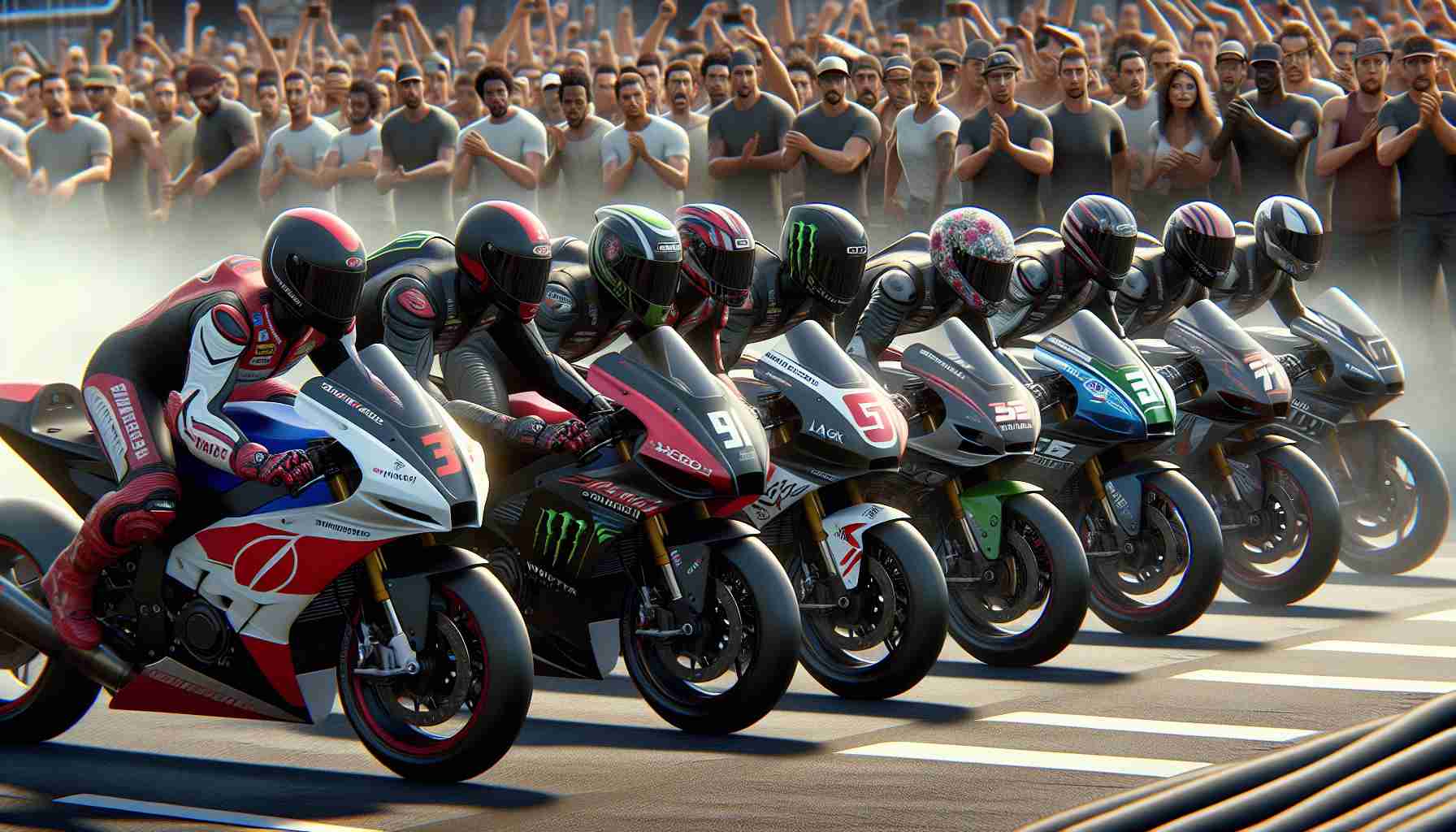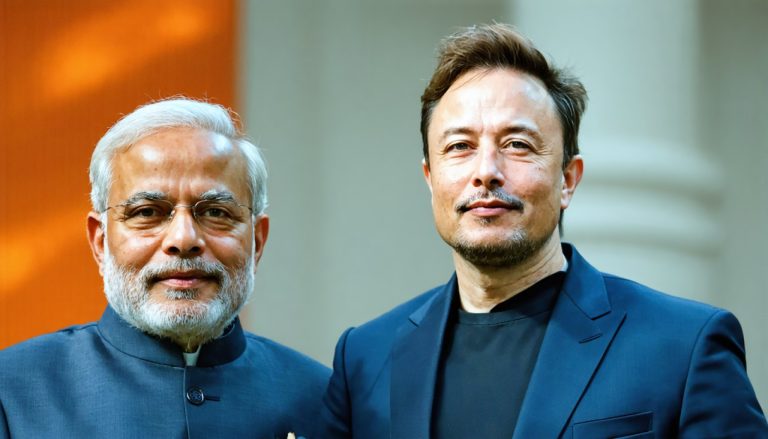
For a significant portion of the past two years, the notion that satellite teams could contend for MotoGP titles appeared unlikely. This skepticism was fueled by the belief that factory teams, equipped with tailored machines and extensive resources, would always hold the advantage in the fiercely competitive world of MotoGP racing. In this landscape, where races can be won or lost by hair-thin margins, the supremacy of factory teams seemed unquestionable.
However, recent developments in the sport have challenged this long-standing perspective. With Ducati setting a new precedent, the dynamics of satellite teams have shifted dramatically. Their approach to supporting Pramac Racing has transformed the traditional satellite team model, enabling riders to tap into the same level of machinery and expertise usually reserved for factory teams.
This shift culminated in a groundbreaking achievement. A satellite rider recently celebrated as the first in modern MotoGP history to secure a championship title. In a post-race conference, he expressed profound gratitude to both his team and the manufacturer for their unwavering support throughout his journey. He highlighted the cooperation and resources provided by Ducati, despite being overlooked for the factory team.
This unexpected backing played a crucial role in his success. The rider acknowledged that the resources and belief bestowed upon him allowed him to overcome adversity and compete fiercely, reflecting a changing tide in the sport. As MotoGP evolves, it’s clear that the lines between factory and satellite teams are becoming increasingly blurred.
Satellite Teams Break Tradition as Riders Aim for Championship Glory
The competitive landscape of MotoGP is undergoing a remarkable transformation, as satellite teams increasingly position themselves as serious contenders for championship titles. While the past few decades have been dominated by factory teams, significant shifts are emerging that could redefine the sport.
What are the key factors driving this change?
A primary factor is the enhanced collaboration between manufacturers and satellite teams. Recent alliances have allowed satellite teams to access advanced technology and resources that were previously exclusive to factory teams. For example, the partnership between Ducati and Pramac Racing has exemplified how manufacturing support can lead to enhanced competitive performance. In addition, advancements in data analytics and rider coaching have been made more accessible, contributing to a richer talent pool.
What are the most pressing questions surrounding this trend?
One crucial question is whether the success of satellite teams is sustainable in the long term. As competition heats up, will manufacturers continue to invest in their satellite outfits, or will they revert to prioritizing their factory teams? Furthermore, how will this impact the rider market? If satellite teams continue to excel, will they attract more top talent, further blurring the lines between factory and non-factory teams?
What are the key challenges and controversies?
One notable challenge is the disparity in financial backing among satellite teams. Not all satellite teams benefit from the same level of investment; some teams struggle to match the technological advancements of the leading factory-supported satellite teams. This discrepancy can lead to uneven competition, raising concerns about fairness in the championship race.
Additionally, a debate persists around the validity of championship wins by satellite riders. Critics argue that such victories diminish the prestige of the title, historically associated with factory success. Conversely, proponents maintain that a rider’s skill, regardless of team affiliation, should be the ultimate measure of success.
Advantages and disadvantages of satellite teams in MotoGP
Advantages:
– Increased competition: The emergence of capable satellite teams fosters a more exciting and unpredictable championship landscape.
– More opportunities for riders: With greater access to talent, promising riders can showcase their skills without being tied to factory teams.
– Innovation: The cross-pollination of ideas between factory and satellite teams can lead to innovation throughout the sport.
Disadvantages:
– Resource disparity: Not all satellite teams have equal access to resources, leading to inconsistencies in performance.
– Pressure on satellite riders: With heightened expectations, satellite riders may face immense pressure to perform, which can affect their mental and emotional well-being.
– Risk of dilution: The traditional values of MotoGP could be seen as diluted if too much focus is placed on commercial success over racing heritage.
As the dynamics of MotoGP continue to evolve, the future looks promising for satellite teams. With the unprecedented success of satellite riders breaking into the championship elite, they challenge the status quo and inspire a new generation of racers who may come to see factory and satellite teams as equal contenders in the thrilling sport of motorcycle racing.
For more insights about MotoGP and developments in the sport, visit MotoGP.com.



